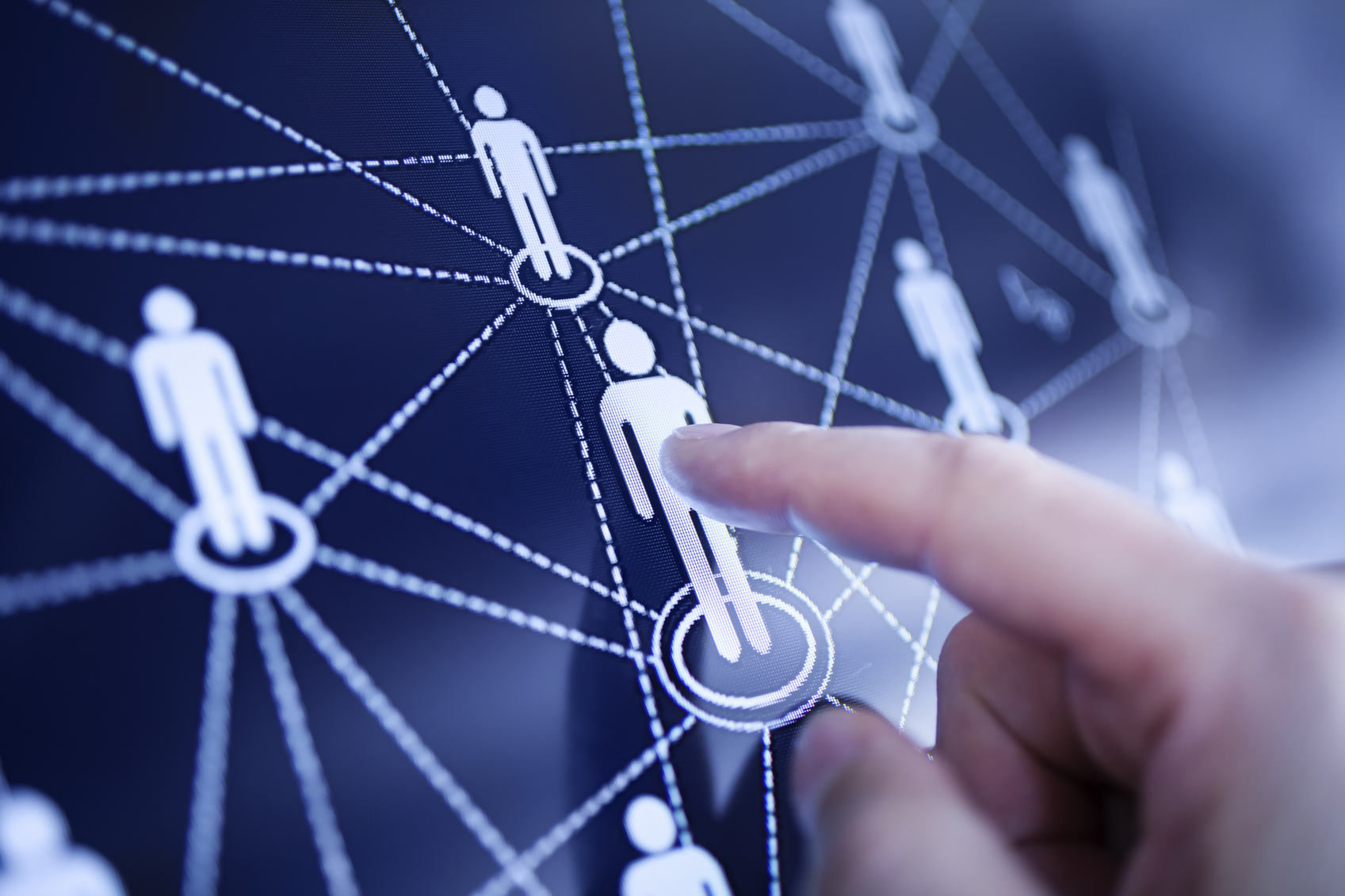
Somewhere in the world, there was a datathon this past month that may have moved AI one step closer toward the center of healthcare.
That’s one way of summing up a recent article at MIT News on new AI developments resulting from increasingly frequent datathons, or “hackathons.”
According to the writer, the gatherings were pioneered by Leo Celi, a researcher at MIT and staff physician at Beth Israel Deaconess Medical Center. Celi held the first datathon in January 2014 to spark collaboration among Boston-area nurses, doctors, pharmacists and data scientists.
Now, they take place monthly. “Following months of preparation, participants gather at a sponsoring hospital or university for the weekend to comb through MIMIC (MIT’s open-access database) or a local database in search of better ways to diagnose and treat critical care patients.”
Many of the participants go on to publish their work, the writer notes. For example, out of a 2015 hackathon has emerged an AI that is reportedly better than human doctors at recommending treatment for sepsis and is soon entering clinical trials in London.
According to the article, Celi’s motivation for the hackathon stemmed from his longtime concern at what he considered the wide variation in patient care. As a young doctor, “the optimal treatment for the average patient often seemed ill-suited for the patients he encountered. By the 2000s, Celi could see how powerful new tools for analyzing electronic medical-record data could personalize care for patients. He left his job as a doctor to study for a dual master’s in public health and biomedical informatics at Harvard University and MIT respectively.”
After joining MIT’s Institute for Medical Engineering and Science after graduation, “he identified two main barriers to a data revolution in health care: medical professionals and engineers rarely interacted, and most hospitals, worried about liability, wanted to keep their patient data — everything from lab tests to doctors’ notes — out of reach.”
A hackathon-style challenge, Celi thought, “could break down those barriers. The doctors would brainstorm questions and answer them with the help of the data scientists and the MIMIC database. In the process, their work would demonstrate to hospital administrators the value of their untapped archives. Eventually, Celi hoped that hospitals in developing countries would be inspired to create their own databases, too. Researchers unable to afford clinical trials could understand their own patient populations and treat them better, democratizing the creation and validation of new knowledge.”
Perhaps not surprisingly, a number of sponsoring hospitals — in London, Madrid, Tarragona, Paris, Sao Paulo, and Beijing — have embarked on plans to build their own version of MIMIC.
And today, the writer says, “the process is much quicker thanks to tools the MIMIC team has developed and shared with others to standardize and de-identify their patient data.”


